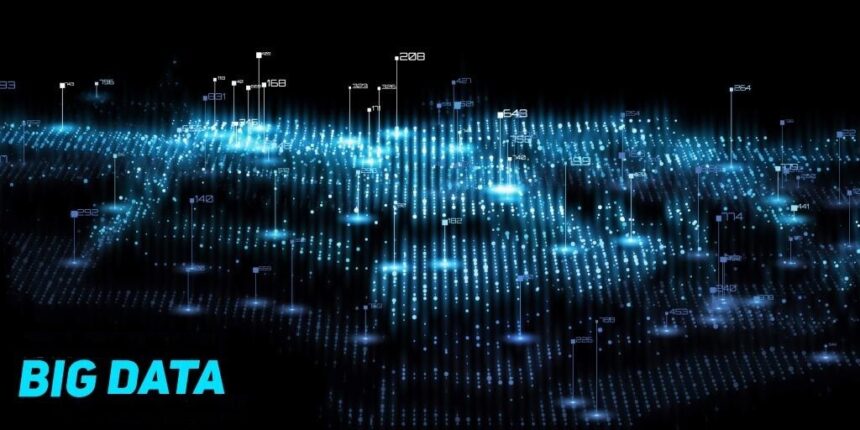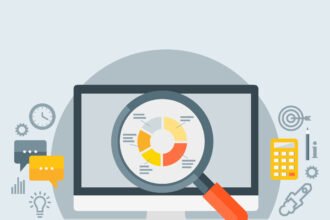As far as innovative species go, human beings are about as exceptionally innovative as it gets. Over the yeast, we have been very much dedicated to furthering our own evolution and progress. As such, there have been many exciting inventions that have been brought to the table and advanced and enhanced over the years. From the smart vending machine to the introduction of the first semi autonomous vehicle (and every invention in between and beyond), it is more than fair to say that there have been many exciting innovations that have each had their own impact on the world around them.
The introduction and ongoing advancement and enhancement of data collection, for instance, is an innovation that in many ways was always going to be inevitable, thanks largely to the fact that we have been living in a world that has become more and more digitally and technologically empowered and proficient over the years. The more time that we spend connecting via devices and online services, the more data is obviously collected, adding to the ever-growing pool of data collection that spans the globe. This is where big data comes into play.
The introduction of big data
Big data is defined as “a field that treats ways to analyze, systematically extract information from, or otherwise deal with data sets that are too large or complex to be dealt with by traditional data-processing application software”. Essentially, big data refers to significantly large data sets that analyse patterns to reveal and explore behaviours and interactions between human beings. In the digital era, the introduction and ongoing enhancement of big data has never been as important as it is right now. As data became more prominent, big data obviously also started to gain momentum.
Big data has been instrumental in our understanding of the wider world. It started as a data analytics avenue afforded to power users like academics, large government departments and data security agencies. Now commercial applications of big data have been realised thanks to the media giants like Facebook, Twitter and Instagram fighting for user attention. Decentralised technology has underpinned these new, now normal, applications. The likes of AWS, Azure and other cloud platforms has enabled any company, large or small, to spin up computer clusters at the click of a button. Many companies like Netflix started this way. Ingesting, distributing and analysing gigabytes then quickly petabytes of data.
This has had a trickle down effect for everyone. It is now no longer the domain of phd students accessing their expensive on site computing facilities to run their simulations and big data analytics. It is now available to everyone to do so, this has created job roles, whole business sectors and a greater appreciation of what big data is today. Its hard to understand or appreciate just how many aspects of business, technology and our data rich lives this concept touches.
What’s for certain is that companies, individuals and organisation all see the benefits of having these insights and they all want to be more data driven.
The rise of big data
The rise of big data is still very much an ongoing phenomenon. Big data essentially extracts and formulates patterns in data sets that are then utilised to organise and detail those data sets more and more easily. Now that big data is more important than it has ever been, we are steadily seeing it become more prominently utilised and prioritised all the time. In the digital era, big data is always going to have an important role to play. In fact, as time continues to go by, that role is only going to continue to become more and more important and profound.
So far we’ve seen big data drive countless operations of analytics, everything from purchasing habits to how cars are driven. This has netted us some real advantages. For example, Tesla, churning through millions of miles worth of data that details driver behaviours have managed to incorporate this insight into their software updates. Why? Well this knowledge allows them to optimise the performance of their cars and add an extra ~20-30 miles on the range of particular models. Optimisations is just one pillar of big data collection and usage.
The prominent role of big data
The exceedingly prominent role of big data is a role that continues to find its footing and cement its value more and more all the time. Because there is an ever-growing need for big data, there is an ever-evolving market that continues to propel itself forward, onward, and upward. The future of big data is going to be bigger and better than ever – and that is just the tip of the iceberg. There is a whole lot more to see where all this came from. The best is most certainly yet to come.










